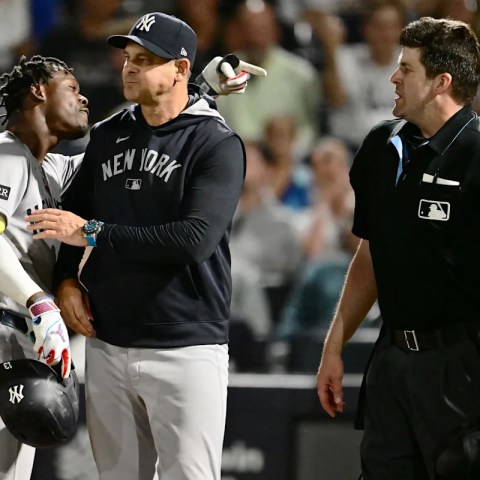Synthetic food dyes are present in many school meals, snacks, and drinks, even though they might cause issues like hyperactivity and inattention in some children. A report from California’s Office of Environmental Health Hazard Assessment (OEHHA) in 2021 reviewed numerous studies and found that dyes such as Red 40, Yellow 5, and Blue 1 can negatively impact kids’ behavior. This has raised alarms about children’s health, especially since these additives provide no real nutritional value.
Despite the growing evidence, the FDA has not responded to calls for stricter regulations. The OEHHA report urged federal policymakers to recognize the risks and reduce children’s exposure to these additives, but there has been little action at the federal level.
In light of this stagnation, several states are taking the lead. California has recently banned synthetic dyes in public schools through the California School Food Safety Act, making it the first state to do so. Following California’s example, Virginia and Utah have also passed laws to prohibit synthetic dyes in school meals. New York lawmakers are considering legislation to ban these dyes statewide, reflecting a significant shift in public health policy.
School foods often include products that contain synthetic dyes, often hidden in condiments and snacks. For instance, popular cereals like Lucky Charms and Fruity Pebbles still use synthetic colors, while alternatives exist that use natural ingredients for coloring, like fruit juices.
Beverages served in schools are also a concern. Many drinks, including some that meet the Smart Snacks standards, still contain harmful dyes. For example, Hawaiian Punch and Fanta Zero Sugar Orange are common in schools but contain Red 40 and Yellow 6. On the other hand, drinks like AHA sparkling water offer dye-free options.
There is a growing push from organizations like the Center for Science in the Public Interest (CSPI) to remove these dyes from school foods. They are not only advocating for legislative changes but also pushing for better labeling of food products to empower parents and school districts to make healthier choices.
Social media has become a platform where parents and activists share their concerns about synthetic food dyes, highlighting the need for transparency in food labeling. While many are still unaware of what goes into their children’s meals, the conversation is growing.
As more states push for action against synthetic food dyes, it becomes clear that change is possible. Parents deserve peace of mind knowing their children are eating safe, healthy food at school. With increased awareness and advocacy, we can look forward to a future where school meals are free of unnecessary additives.
For more on the health effects of synthetic food dyes, check the full report from OEHHA here.
Source link
Synthetic dyes, additives, school, school foods, school meals, food, Red 3, Red 40, Yellow 5, Yellow 6, Blue 1, Blue 2


















